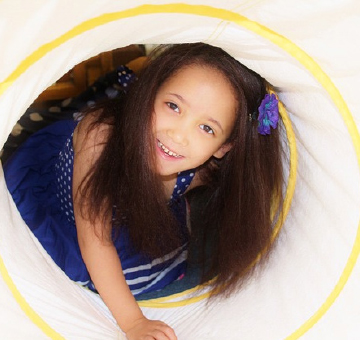Interventions
Contrary to popular belief, there are therapies which can lead toward your child’s development.

Applied Behavioral Analysis (ABA)
ABA is a type of therapy that works in a systematic way to reduce unwanted behaviors and increase or teach wanted behaviors. ABA therapist work with only observable behaviors that can be measured.

Biomedical Interventions
Biomedical interventions address an individuals underlying weaknesses or cause/s of disease. In the process their body is able to heal and their symptoms improve. As an example, a recent study used faecal transplants to heal chronic gastrointestinal issues in autistic children.

Speech Therapy
The focus of this therapy is to improve articulation (speech or how words are spoken).This could involve building tongue and lip muscles (oral-motor), vocal sounds, and swallowing.

Language Therapy
The focus of this type of therapy is to improve both verbal and non-verbal communication. The therapist can work to increase how well a person understands what others are saying (receptive communication). For example, when you ask a child to follow a one-step command such as “give me the cup” or a two-step command “wash your hands and dry them.” The therapist can also work on teaching how to communicate so others understand your child’s wants and needs (expressive communication). This may involve teaching a child to move from one-word responses to three-word responses such as, “milk” to “I milk” to “I want milk.” The language pathologist can also teach children to gesture for things they want or need, improve facial expressions, and eye contact.

Occupational Therapy (OT)
This type of therapy may work to improve daily living skills, fine motor skills, gross motor skills, and many other areas. Daily living skills include: dressing, feeding, bathing, toileting, etc. Fine motor skills are important small movements that we learn such as pinching or grasping things with the thumb and index finger. Fine motor skills also includes using scissors, holding a crayon or pencil and writing, zipping and buttoning. Gross motor skills involve larger movements such as jumping, hopping, skipping, throwing, running, and walking.
